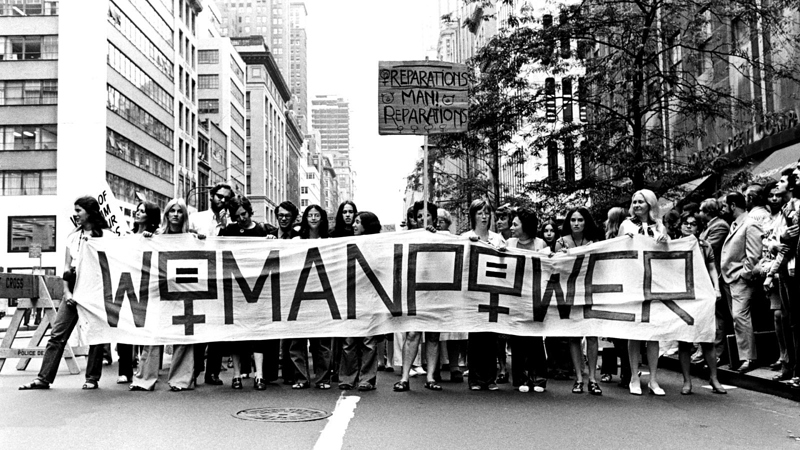In the current issue of the New Left Review, Susan Watkins has a lengthy and ambitious piece that takes stock of what past feminisms accomplished and surveys the transformed economic and cultural terrain faced by present-day feminisms. Past strategies of struggling for access to the workplace are no longer adequate, suggests Watkins, as neoliberalism has recruited feminism to advance its own program. Read an excerpt from the article below.
Any attempt to renew feminist strategy today confronts a series of dilemmas. First, we lack convincing assessments of the progress already made. What results have the old feminisms produced and how adequate have these been in meeting women’s needs? How, exactly—by what processes, to what extent—have conditions improved? What changes have been brought about, globally, in gender relations, and where do these now stand? Through to the mid-twentieth century, the hegemonic, though far from universal, Western model entailed the rule of men across the public sphere—governments, armies, legislature, judiciary, institutes of learning, the press—and, in return for the slights and buffetings of mass industrial-capitalist society, offered each man the private fiefdom of the domestic sphere, where he could rule over the wife who bore and raised his children, served him at table and in bed. This was qualified internationally by a wide range of geo-cultural family structures and forms of production, and co-existed with broader, seemingly universal moralities of pleasure and predation, eliding good-girl and bad-girl categories with inequalities of class, race and caste.
A mass of data now shows that women have entered the global waged-labour force in their hundreds of millions since the 1970s. In tertiary education, girls outnumber boys in over seventy countries. In terms of reproductive health, average fertility has fallen from five births to two. On the domestic front, men report that they do more housework than their fathers, women less than their mothers. In attitudes, polls show a majority in favour of gender equality on every continent, with near universal support in many countries. In politics, a new cohort of female leaders has appeared on the world stage, heading governments across Europe, Asia, Africa and Latin America; if she’d paid more attention to hard-hit rustbelt voters in 2016, there would almost certainly be a woman in the White House. On this basis, the mainstream-feminist response to the question of strategy has long been: more of the same. Women have made significant progress in work and education, but sexual violence is still a major issue and, in the glib parlance of official feminism, ‘challenges remain’. Ergo, the same programme that has already produced such good results should continue, with renewed vigour and cash.
Yet—this is the second part of the puzzle—advances in gender equality have gone hand-in-hand with soaring socio-economic _in_equality across most of the world. The levelling up of world regions through accelerated accumulation in China and East Asia has been matched by growing disparity between classes, which the advance of professional-strata women has helped to accentuate by creating a thin layer of double-income wealthy households. Since 2008, debate over these patterns has intensified, questioning mainstream feminism’s collusion with the neoliberal order.
Image via makers.org.
